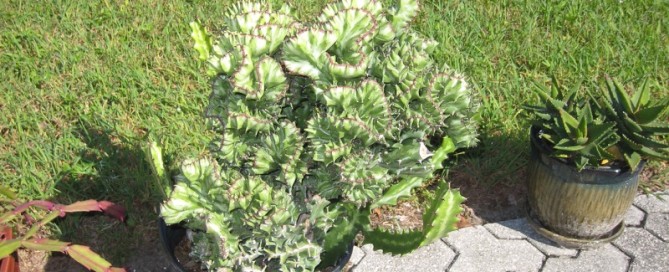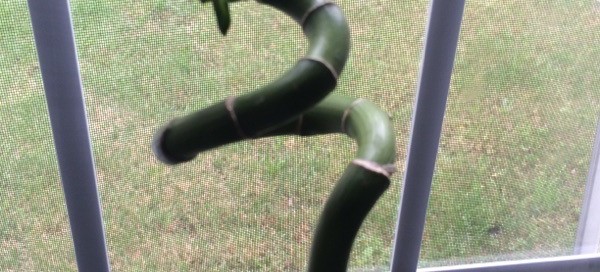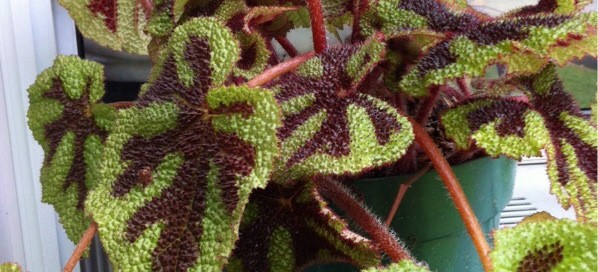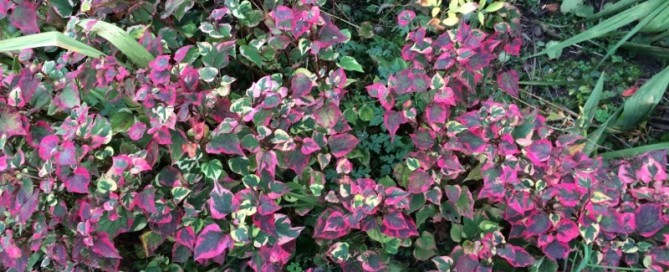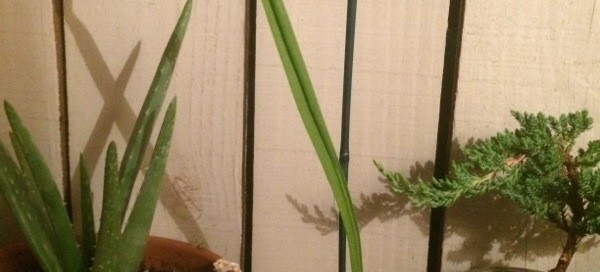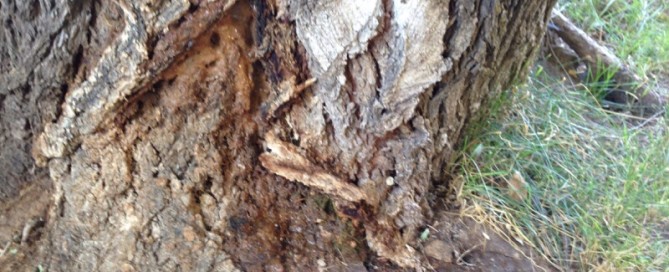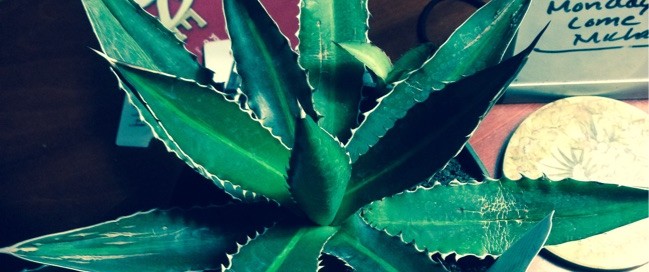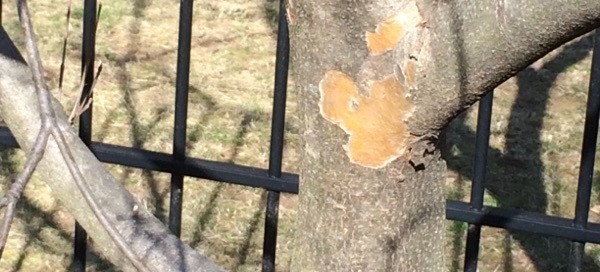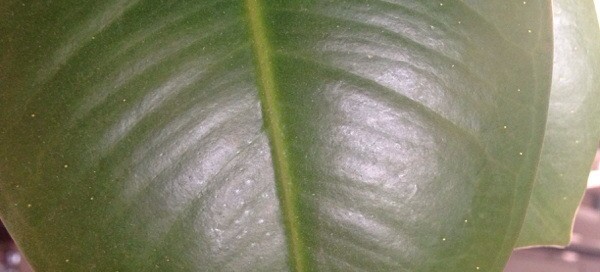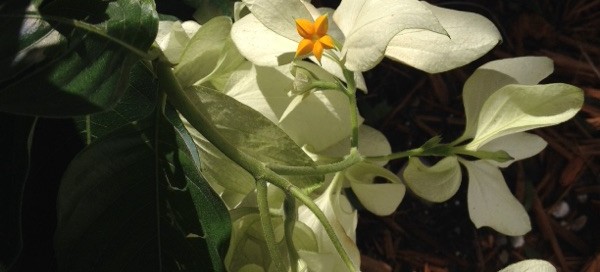Crested Euphorbia Lactea
Your plant will need filtered sun or very bright indirect light and wait until the soil dries before watering again. Do not allow the plant to sit in water and handle with care. All parts of the Euphorbia lactea are toxic if ingested and the white sap can cause burns to the skin. If contacted wash immediately with soap and water. The E. lactea is often grafted onto another plant, Euphorbia neriifolia. This is done with crested versions of cacti and succulents as the crested versions are more prone to watering problems and fungal and bacterial problems if grown directly in contact with the soil. This raises them up above their "problem zone", and the stock plant on the bottom furnishes all the necessary water and nutrients.
